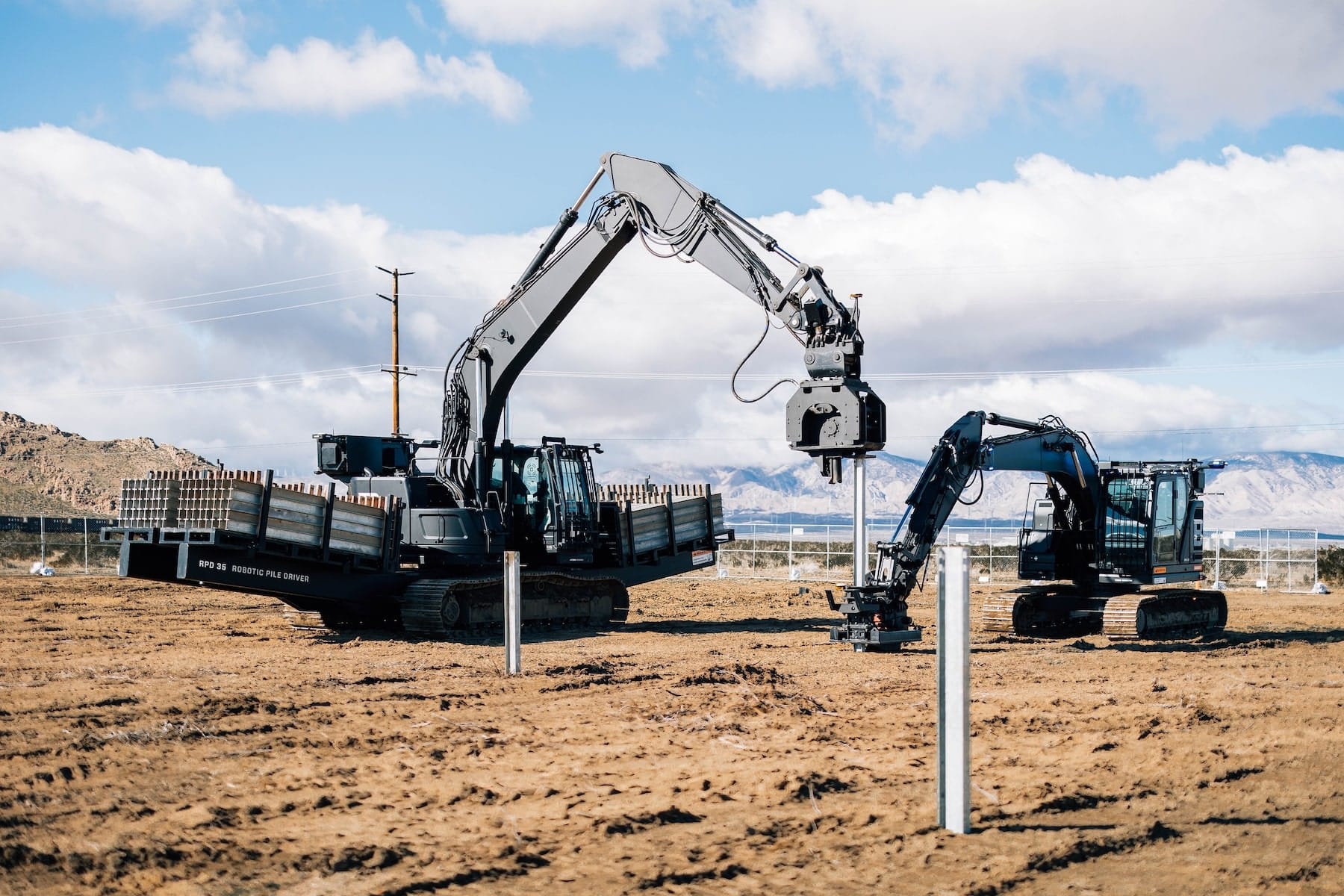The transition to a clean energy future is driving one of the largest solar infrastructure expansions in history. However, to meet net-zero emissions goals, faster and more efficient construction methods are needed, and the solution lies in automation and robotics.
The Challenge of Utility-Scale Solar
According to the Solar Energy Industries Association (SEIA), 12 gigawatts of utility-scale solar capacity was installed in the United States in 2022. However, BloombergNEF projections estimate that an additional 358 gigawatts will be needed between 2023 and 2030, with annual installations potentially exceeding 100 gigawatts by the end of the decade.
“There aren’t enough workers or time to reach the pace needed to meet the promised targets,” says Gregg Wallace, a partner at Building Ventures, a venture capital firm investing in autonomous construction technologies.
Robots in Action: Speed and Precision
Companies like Built Robotics are leading the way in solar construction automation. This San Francisco startup has developed autonomous robots capable of performing essential tasks in solar projects, from site surveying to installing steel pilings that support solar panels.
Built Robotics claims that its system can accelerate the construction of solar foundations by three to five times compared to traditional methods. To achieve this, the company offers a kit that converts conventional construction equipment, such as those manufactured by Caterpillar or John Deere, into autonomous machines using cameras, GPS, and artificial intelligence.
Since starting work on solar projects, Built’s robots have helped install more than 2 gigawatts of solar capacity in the United States.
Ojjo’s Innovative Proposal
Another company transforming solar construction is Ojjo, which has developed an automated system to install foundations using hollow screws. This method, more efficient in material usage, halves both the steel required and the labor needed.
Ojjo has already implemented its technology in significant projects, such as Eagle Shadow Mountain in Nevada, and is currently working on Gemini, one of the largest solar projects in the United States.
Benefits of Automation
The use of robots and automated systems in solar construction not only speeds up timelines but also improves safety by reducing workers’ exposure to hazardous conditions. Additionally, it allows human operators to focus on more complex and higher-value tasks.
A Solar Future Driven by Technology
The solar industry faces a skilled labor shortage to meet projected demand. Automation not only bridges that gap but also promises to transform how solar plants are built, making them faster, safer, and more sustainable.
With companies like Built Robotics and Ojjo at the forefront, the transition to a decarbonized energy system seems increasingly achievable, marking a milestone in the history of technological innovation and renewable energy.


